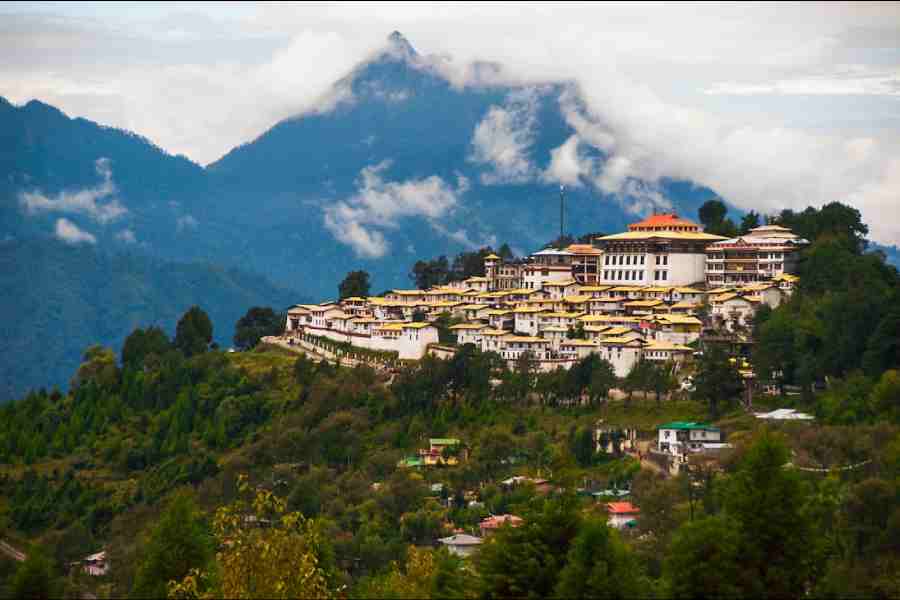
When one talks about wildlife protection, the camel does not usually jump to one’s mind. But in a state like Rajasthan, which has a sizeable number of camels, their protection from trafficking and slaughter is an important issue. The Rajasthan Camel (Prohibition of Slaughter and Regulation of Temporary Migration or Export) Bill, was passed by the state Assembly in March this year to make sure that these stately ships of the desert remain safe and sound.
The bill bans the slaughter, trade and unauthorised transportation of camels and also makes their slaughter and trafficking punishable offences.
Unfortunately, camel breeders are far from happy with the law and stress that without proper incentives to make camel breeding a viable occupation, banning the slaughter of the animals will be counterproductive.
Incidentally, the camel was declared a “state animal” last year along with the already existing chinkara.
The bill came into effect after concerns were raised over the dwindling population of camels in the state. There have been several cases recently of camels being killed or transported to other states for slaughter. The government felt that existing laws were not sufficient to deal with the problem. Up until now, camel smugglers caught in the act could only be booked under the Animal Cruelty Act, where it is fairly easy to get bail.
According to unofficial estimates, the number of camels in Rajasthan has plummeted from about 10 lakh in the mid-1990s to fewer than 2 lakh at present.
The animals have been beset with other problems too. The extension of the Indira Gandhi Canal has led to the destruction of some prime grazing areas of camels. By the end of the 1990s, the market for draft camels (those used for transportation) was also in decline. The use of motorised transport has become common even in remote areas. The Border Security Force too no longer buys so many camels.
In 2001 it came to light that camels at the famous Pushkar Animal Fair were being sold for slaughter and were even being smuggled to the Gulf countries and Bangladesh where the demand for camel meat is high. Female camels, never put up for sale before, are also being sold now, leading to a further fall in the state’s camel population. It is estimated that about 80 per cent of the camels sold at the Pushkar fair today go for slaughter.
The Raikas and the Rebaris, Rajasthan’s traditional camel breeding communities, have been campaigning for years to save the animals. Experts at the National Research Centre on Camel in Bikaner too have supported the cause.
Despite their efforts, however, districts like Churu, Sikar, Bharatpur, Alwar and Udaipur have emerged as centres of camel trade. Here the animals are slaughtered for their meat. Camel skin is used in leather products like bags and shoes.
The law, which states that the camel is an integral part of the desert eco-system and a mainstay of the state’s rural economy, stipulates a five-year jail term and a fine for the slaughter of camels. Causing injury to the animals would also be a punishable offence.
But Hanwant Singh Rathore, a camel conservationist and director of the League of Pastoral People, a non-government organisation which works for camel conservation, says the bill will not help the cause of the animals. And ironically, banning the slaughter of camels itself will be counterproductive.
“Once the bill is implemented, camel breeders will no longer want to bring their animals to the Pushkar, Nagaur and other fairs. The landless Raikas cannot be expected to continue breeding camels without any income from them. With the prohibition in effect, camels will be neglected and become feral.”
Babu Lal, a camel breeder in Jojawar, in the Pali district of Rajasthan, says, “Earlier a one-year-old camel of good breed sold for Rs 40,000 . Now the same camel sells for not more than Rs 15,000. With no proper help from the government, our community and the younger generation do not want to continue breeding camels.”
Babu Lal says his village had about 10,000 camels earlier. Today, it has only 600 left. He himself has only 40 camels left with him now.
Camel conservationists feel that the only way out of this impasse would be to come up with economic incentives for camel breeding such as developing a market for camel milk and the securing of grazing areas. Right now the sale of camel milk is not legally sanctioned as it is not covered by the Dairy Act or the Food Act.
Rathore says: “There are plenty of opportunities for innovative solutions, but for that the government must talk to the camel breeding communities. Also, provisions must be made for the care of old and diseased animals.”
The Raikas wanted the bill to include provisions for the care of old camels and stipulate a ban on the export of healthy female camels. They had also wanted measures to develop products from camel milk, camel wool and camel dung, as well as subsidies for the use of camels as an eco-friendly means of transportation.
A week before the bill was passed by the Assembly, a team of 60 camel breeders had met the state’s cow minister Otaram Dewasi, MLAs and Opposition leaders to apprise them of their plight.
The Camel Breeders Association of Rajasthan is now thinking of contesting the bill legally once it gets notified.
Says Rathore, “The repercussions of the new bill are already evident. At the Tilwara fair in Barmer last month, there were absolutely no buyers for camels.”
Clearly, the bill is not going to improve the fate of Rajasthan’s camels unless the government backs it up with attendant measures to make camel breeding a lucrative profession.










